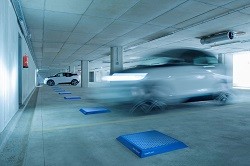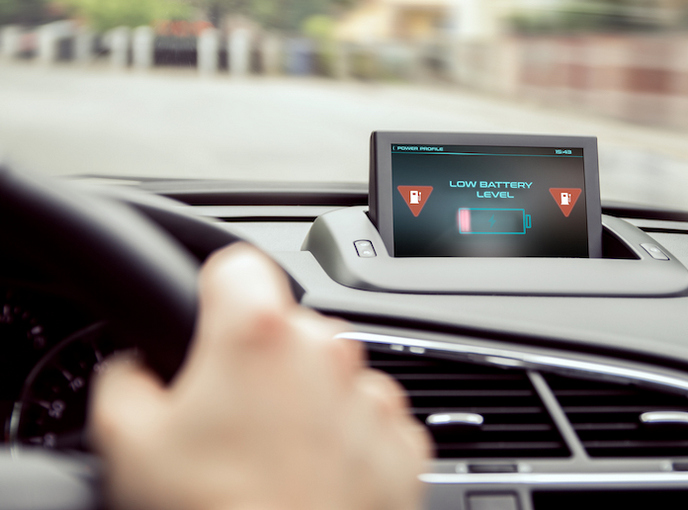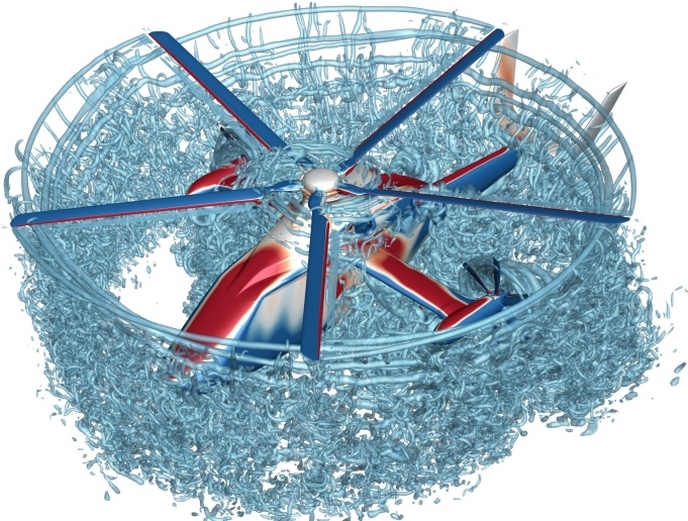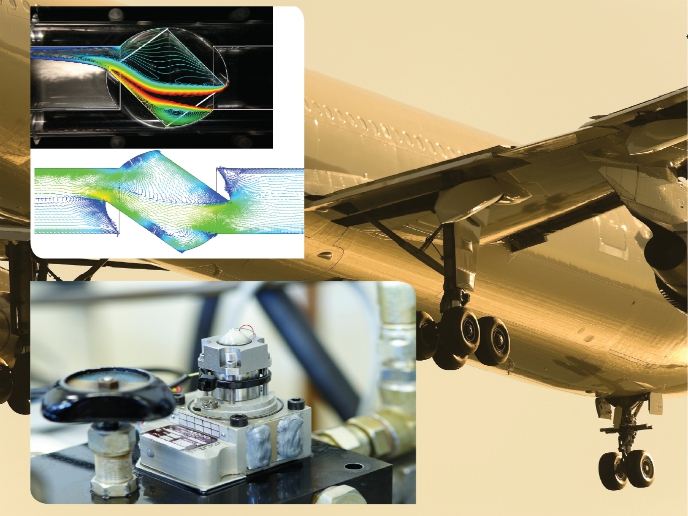Smart, automated charging technology for electric vehicles
The EU-funded project MATRIX CHARGING (Novel, automated charging infrastructure for electric vehicles) has made important advances in its vision to introduce automated conductive charging technology. With this technology, energy is transferred via direct physical contact between the MC Connector and the MC Pad. The project performed feasibility and full market studies, and defined Matrix Charging® technological features and specifications in more detail. “The positive results of the IPR analysis and the successful securing of freedom to operate are important outcomes of the project,” notes Mr Sebastian Demuth, Business Developer at Easelink, the company behind Matrix Charging®. Safe, clean and minimalistic MATRIX CHARGING realised three notable key outcomes in terms of technical development. First, a completely new concept was developed that ensures and covers all requirements for electrical safety, a basic requirement when charging EVs. In fact, Mr Demuth emphasises, “the MC Pad is safer than any household electrical outlet.” For a pad surface cleaning device, the project has marked solutions that ensure cleaning the MC Pad from water, ice, dust and small stones. The third outcome boasts minimal mechanics – with all parts placed in the MC Connector positioned in the vehicle, this solution provides maximal scalability. “At the same time,” Mr Demuth explains, “the mechanics on board the vehicle could be reduced to a minimum to guarantee a robust functionality and cost efficiency.” Simple design, comprehensive solutions Matrix Charging® offers impressive scalability, it is stationary and can be easily installed in any parking lot. The so-called parking=charging experience will greatly reduce EV users’ range anxiety and remove the hassle of having to plug in their vehicles. If it becomes the standard for EV charging, it will automate the charging process and also maximise EV-to-grid (V2G) connection time. “This opens new possibilities in V2G and grid stabilisation, transforming electromobility to an important component of a smart energy supply alongside its original function of transport,” says Mr Demuth. Further, as the project website notes: “Because of its light weight, smart design and adaptable geometry, it can easily be retrofitted in any electric vehicle.” All these features offer increased convenience and will mark positive headway towards greater acceptance of EVs and electric mobility. The future is automation During the course of the MATRIX CHARGING project, research agendas were set in the fields of automotive and infrastructural requirements. Developments related to Matrix Charging® and its novel technology were regularly promoted and presented via various channels, including the Easelink company website and press publications. Project partners also actively bring awareness to Matrix Charging® through participation in global trade fairs, the IAA 2017 in Frankfurt being but one example. The MATRIX CHARGING project has officially ended, but for Easelink the vision remains: to standardise automated EV charging. “In general, it must be noted that the advent of automated driving will further increase the demand for automated charging solutions and underscores the need for standardisation,” Mr Demuth concludes.
Keywords
MATRIX CHARGING, electric vehicles (EV), automated charging, charging technology, EV charging, parking, electric mobility, range anxiety, conductive charging







